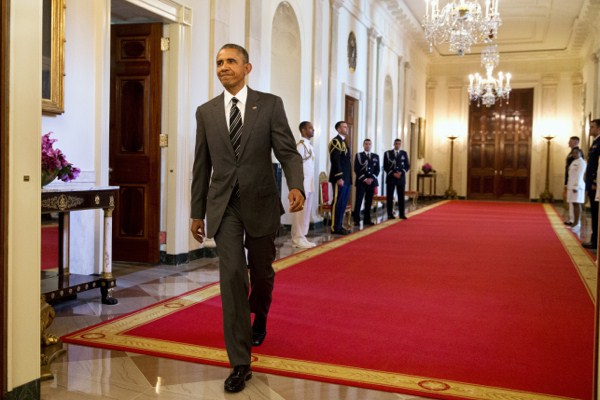With no more elections to contest and no hope of cooperation from a Republican-controlled Congress, U.S. President Barack Obama enters his lame-duck period in office liberated from the domestic political considerations that might have constrained his foreign policy to date. As Nikolas Gvosdev suggested in his WPR column yesterday, Obama seems poised to “go transformational.”
To get a sense of what that transformation might or should look like, it helps first to understand what he has tried so far.
As Gvosdev noted, Obama’s first term was marked by policy tensions between the irreconcilable positions held by rival factions of his national security team. If at times that meant an awkward synthesis between progressive realism and liberal interventionism, as in Afghanistan, at others it meant zigzagging from one to the other on an ad hoc basis, as in Syria and Libya.

